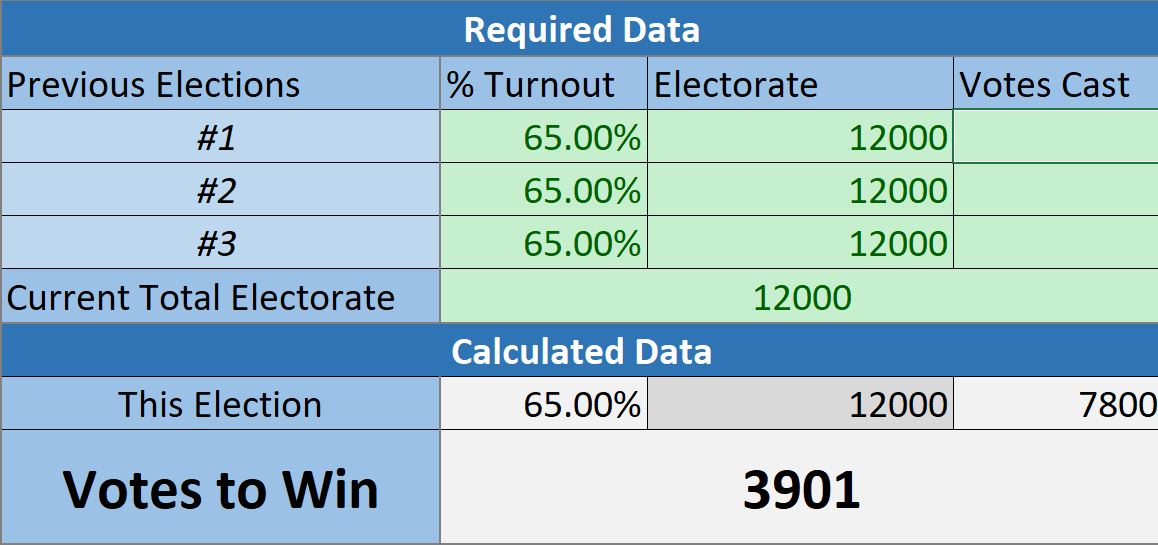Voter can often time be like Pandora's box, we really don't know what we are getting unless we have carefully curated it for years ourselves.
At Ranneti we encounter users with all sorts of voter and while some people understand the basics, we still love helping novices decode their voter files.
The following piece is designed to help local campaigns and politicians see the possibilities in voter segmentation of their database in terms of voter management, voter communication, and voter understanding.
Initial Process
Segment by Street/Precinct/Electoral District/Zip Code
1. Not relevant for most campaigns, but maybe also segment by Rep/Dem, particularly if a primary election.
2. Depending on how close it is to polling day, we might filter out people who aren’t registered to vote; or carry forms/information to encourage people to register?
3. Similarly, consider prime voters at this time in a similar vein - even if someone isn’t registered to vote, they’re still a member of the community with a voice; further out from an election it may still be worth investing time with them to gain their support; even if they don’t cast their ballot, their friends and family might.
Go out and Canvass these people, gather any required data points you intend to leverage over the course of your campaign.
Retargeting/Follow Up
People who didn’t answer the door:
1. At the very least you should have left people a leaflet/calling card with contact information.
2. We are now going to recanvass the whole area but with each Group 2-5 times larger, just calling to the people who were not home or requesting call backs.
3. Send emails/letters to the people who were not home.
People we did speak to (immediate follow up)
1. You should send an email/letter to solidify the contact you've had.
2. Follow up on issues raised on the door
Recanvassing (leveraging gathered data):
1. Beginning the same way as our initial canvasses in the initial process, now, however, we might also opt to factor in party support - solidify strong supporters and try to convert to volunteers, move weak supporters along the funnel to becoming strong/advocates, try to win swing voters.
2. React to politics on the ground, certain opposition supporters will be more sympathetic to your ideology/party - when that party is on the ropes, target their weak supporters - when you’re on the ropes, target your own to prevent the opposition poaching them.
3. Hot topics - if you’ve gathered data on topics of interest to voters, do targeted canvasses/emails/letters on your health/education policy as these issues hit the news.
4. Cross reference data points (Zip Code/Voter Interest) - different socioeconomic areas, and the voters within them will have different priorities; identify a plan of action to win votes in areas that you’re position is weaker, to win the votes are required. The usual drum you bang won’t be of interest in every area.
If you need further assistance with understanding how best to utilize your voter file, why not get in touch with our customer support team here.
Need A Taster Of Campaign Technology? |
Also, make sure to share this blueprint piece with your friends and fellow campaigners!
